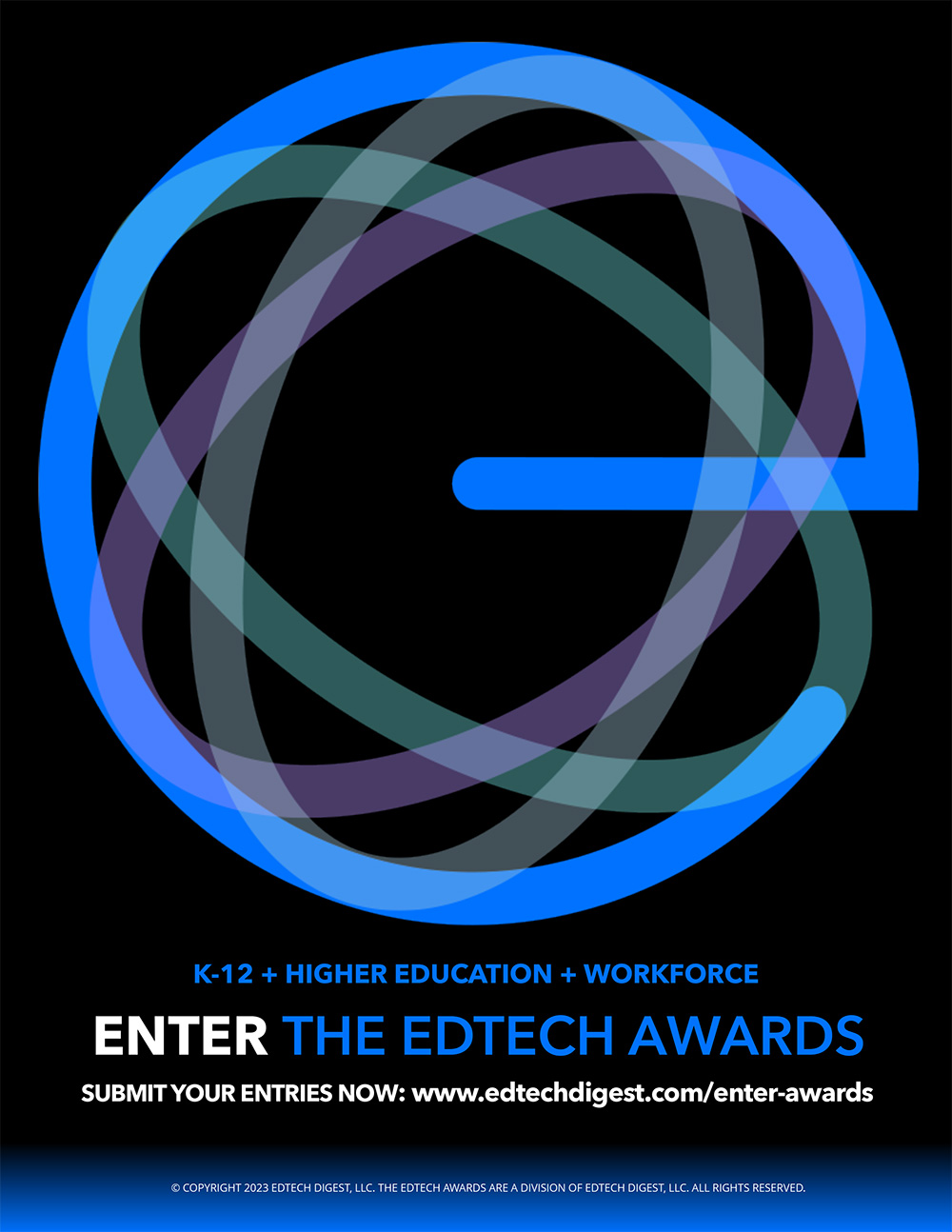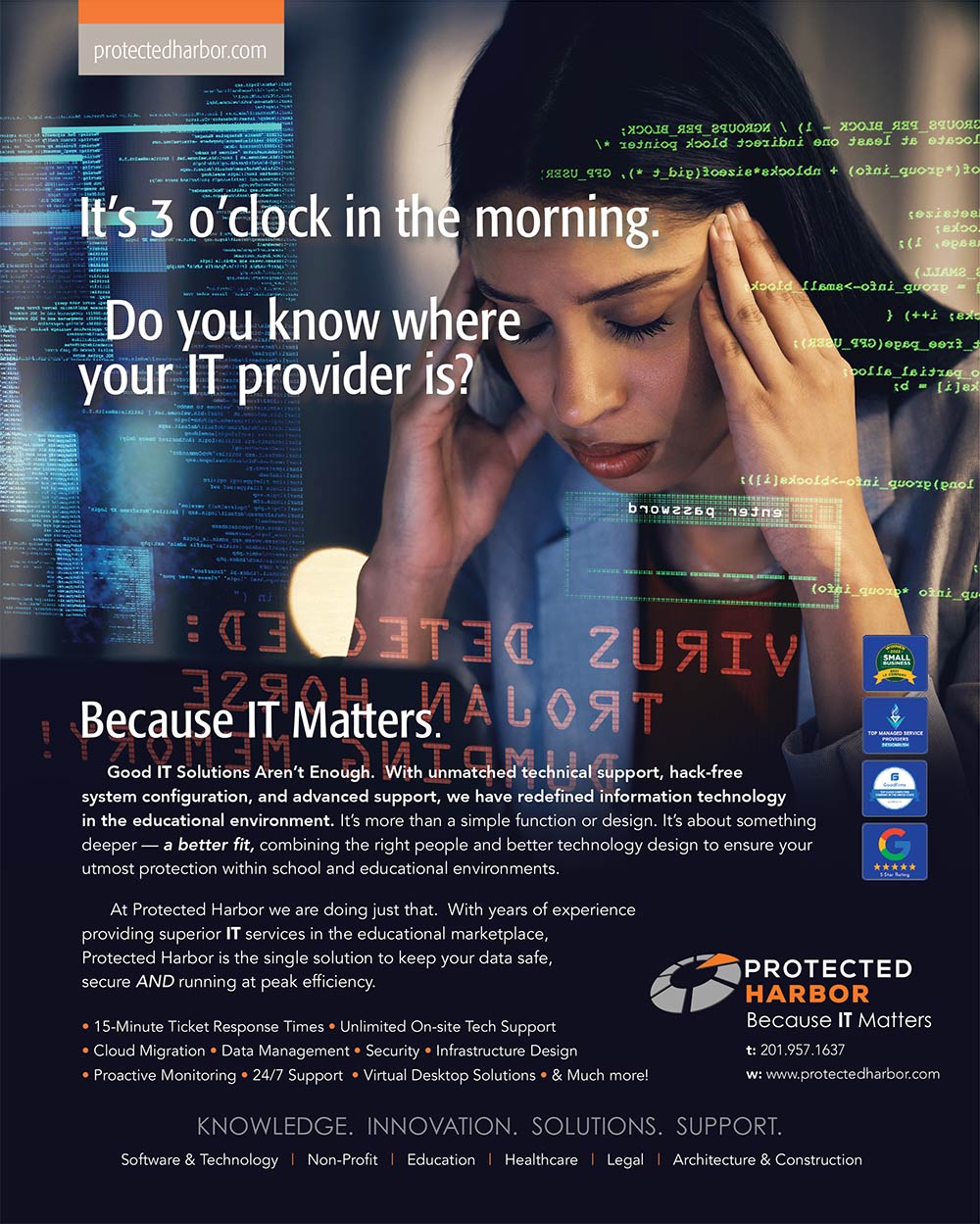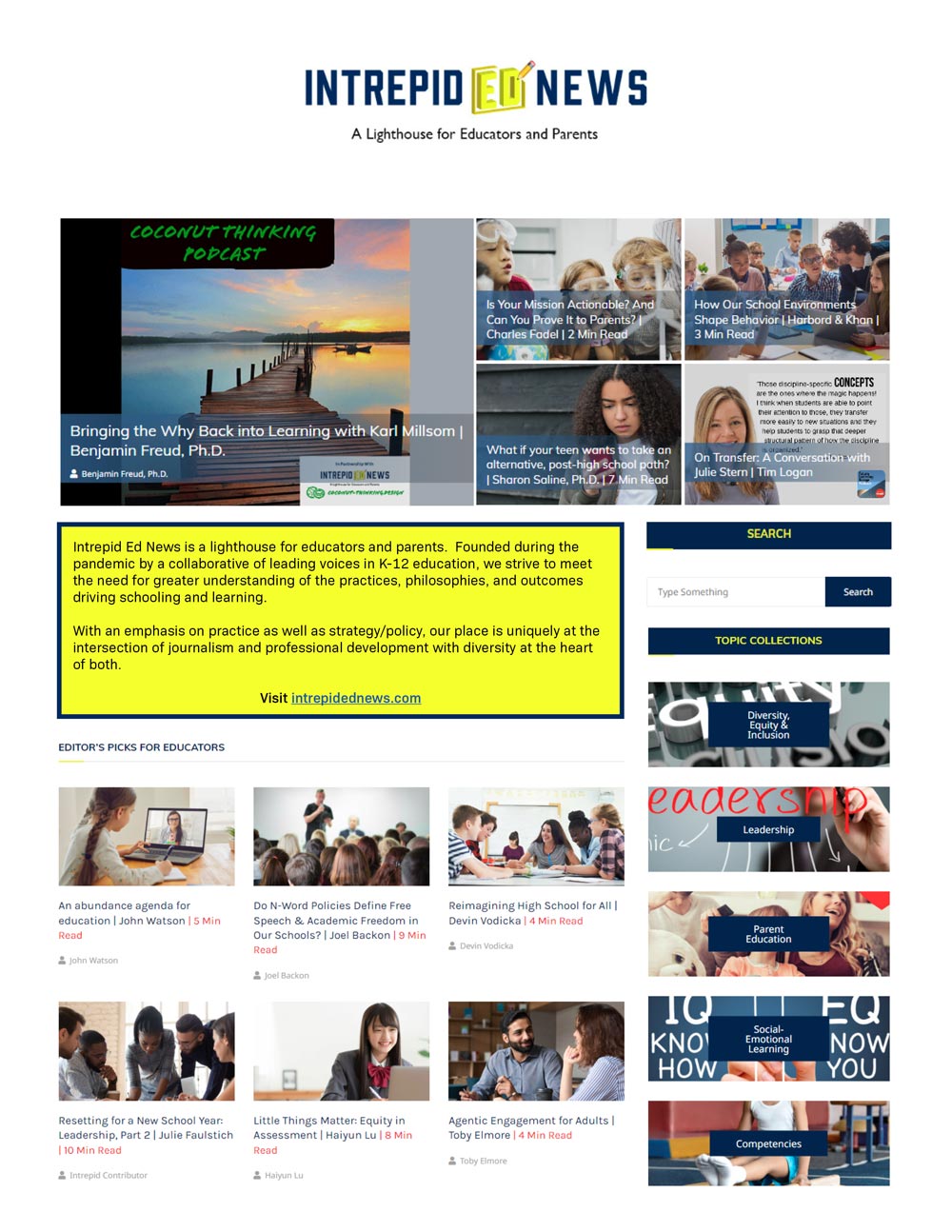(CONTENTS)
(ET) Magazine is dedicated to providing the information and context necessary to advance the efficacy of technology used in education. Our articles are carefully selected by our editorial advisory board and are written by the finest minds in the world of EdTech.
On the cover: The cover art for this issue came to us by way of an art and poetry contest run by astronaut John Shoffner from the International Space Station. 930 students from 26 countries creatively answered the question, “What would it look like if we lived in space?” The contest was hosted in collaboration with Limitless Space Institute and Crayola Experience. This watercolor and pencil image was created by a six year old artist named Maria Korchagin. We look for great things from Maria.
From the Editor
The Purpose of Education in the Age of Artificial Intelligence
By Garrett Smiley
The EdTech Problems of Tomorrow are being Solved TODAY
By Angelo Biasi
A Lightbulb Moment:The Shift from Just Learning about Science to Figuring Out Phenomena
By Ted Willard
It’s Time to Break the Myth of the “Math Person”
By Jamie Candee
By Jonathan Kendrick
The Marriage of Progressive Education and Technology
By Jeannette Lee-Parikh
Education 2050: A Vision Guided by Kurzweil’s Prophetic Insights
By John Kelly
Web 3.0: The Future in One, Two, Three
By Eric Pulier
Simulations: A Great Method for Professional Development
By Ken Spero
(ET) Magazine is published four times per year by Digital Education Media.
Editorial Board of Advisors
For comments, suggestions, permissions, or to submit an article, please email: editorbytrade@gmail.com

The Greatest Minds
in the World (of EdTech)
I rather like the editorial direction of the new ET Magazine. It feels like it is getting stronger with each issue, and it also feels very different from every other EdTech (and education) magazine or website anywhere on planet earth.

By Garrett Smiley
Traditional school is not even preparing students for this modern world, let alone for the bizarre sci-fi future that’s about to knock down our door.
Tomorrow are being Solved TODAY
By Angelo Biasi

By Ted Willard


By Jamie Candee
When I was in elementary school, I struggled. I couldn’t read and most subjects felt impossible to learn. But then my second-grade teacher took an interest in my education.

By Jeannette Lee-Parikh
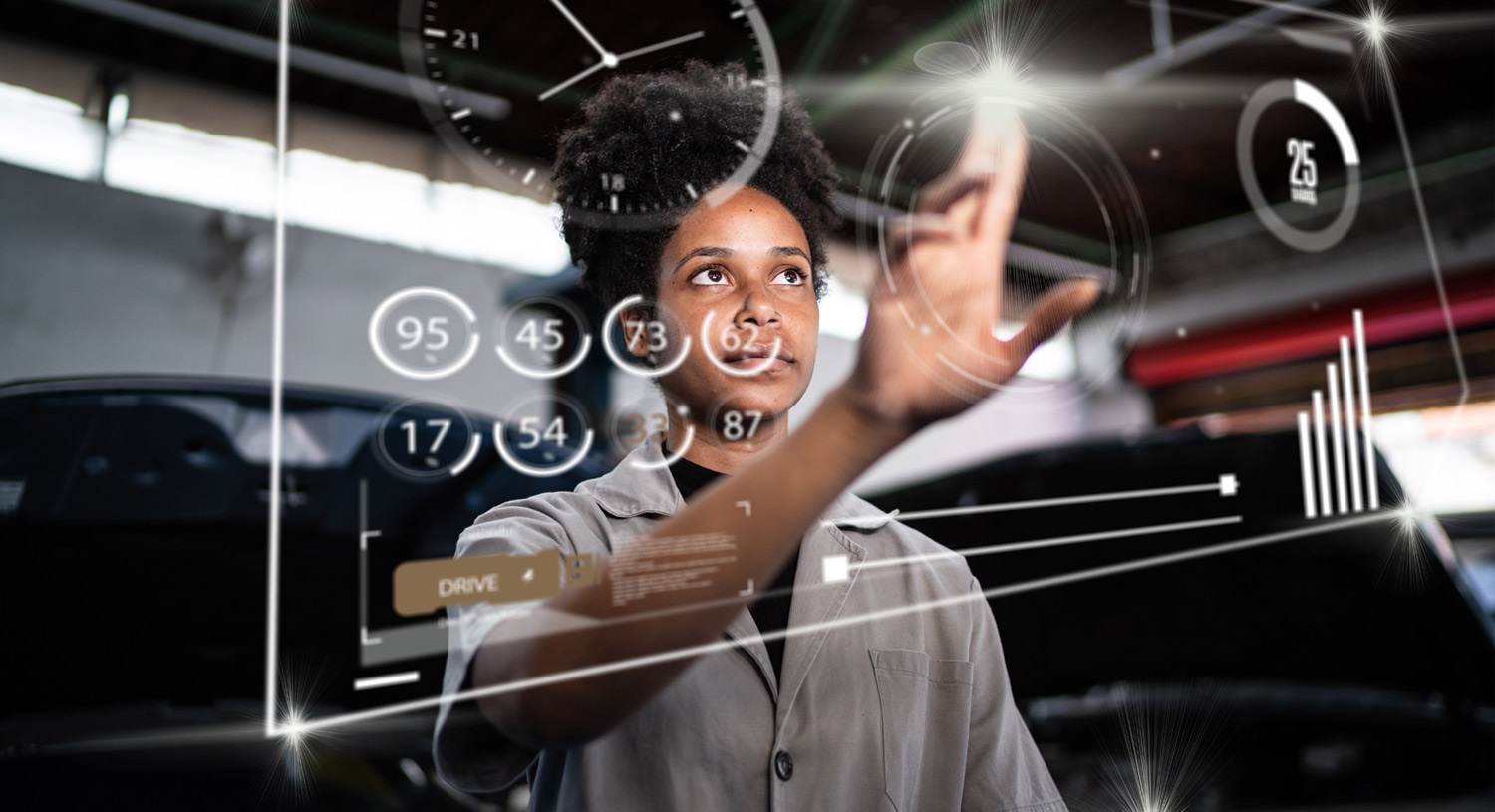

A Vision Guided by Kurzweil’s Prophetic Insights
By John Kelly
Web 3.0:
The Future in
One, Two, Three
The coming of Web3 holds immense promise for the education field. By leveraging blockchain technology, artificial intelligence, virtual spaces, and programmable NFTs, the way we teach and learn is on the cusp of being significantly reshaped. In this article, I’ll explore the potential of Web3 for education, both now and in the future, empowering learners, educators, and institutions to create a more collaborative and effective ecosystem.
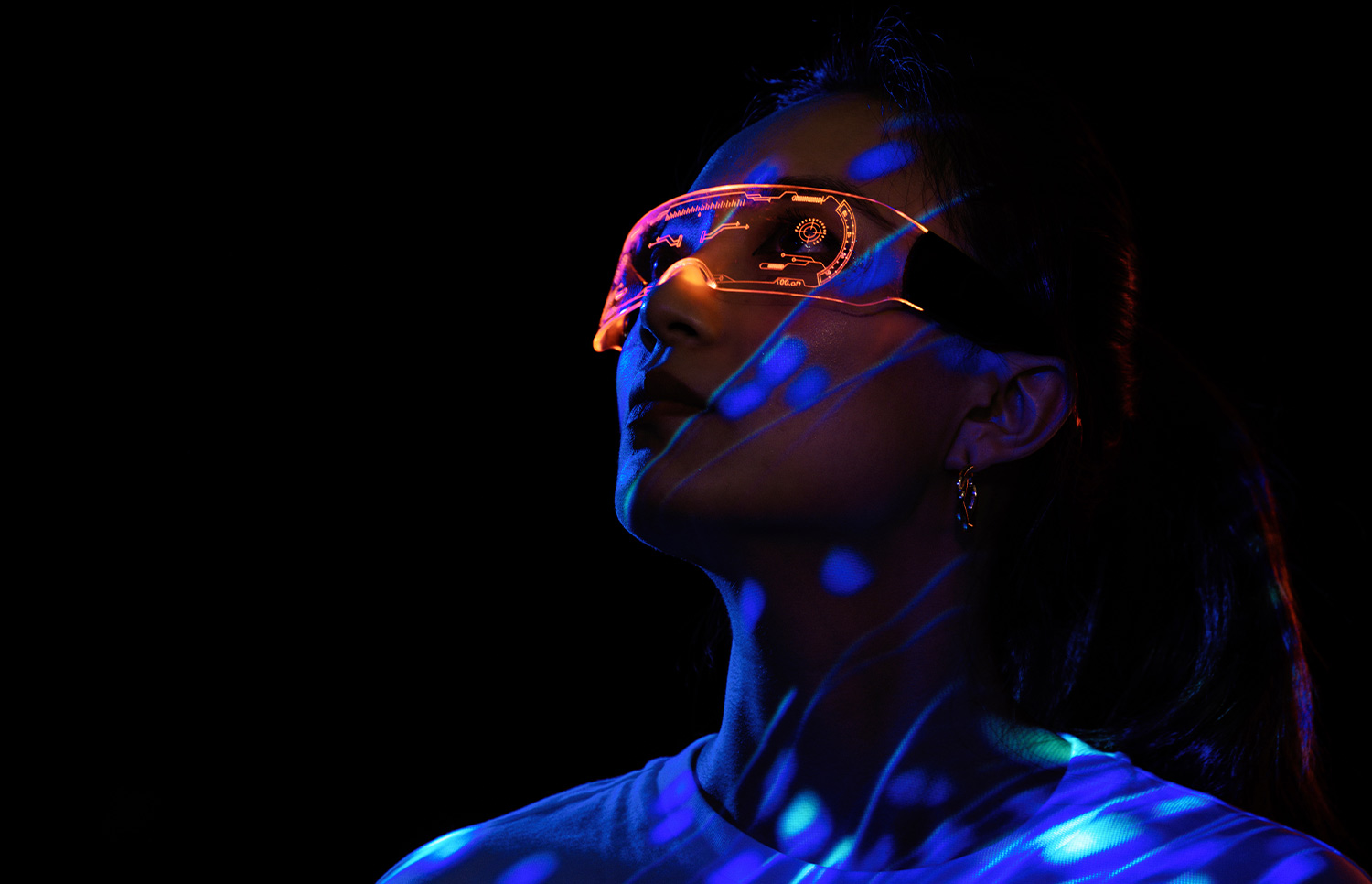

There is a silent crisis undermining School Reform. The data below paint a stark picture of the challenge facing the education space today. In any major organizational change effort, especially in a context as complex as the education system, leadership is a key ingredient to success. Of course, leadership can be defined in many different ways and it is clear that different forms of leadership are required for different situations. However, the ability to communicate, coordinate, and make decisions is key under any circumstance. Given that approach, for our purposes, Leadership can be at all levels including System/District, Building, Department, or Classroom.


